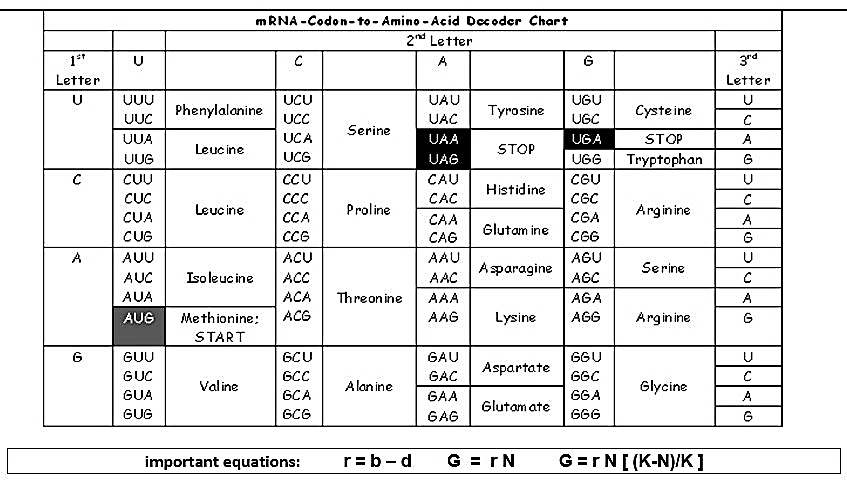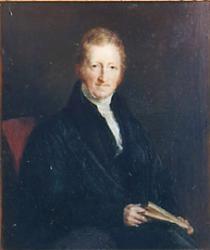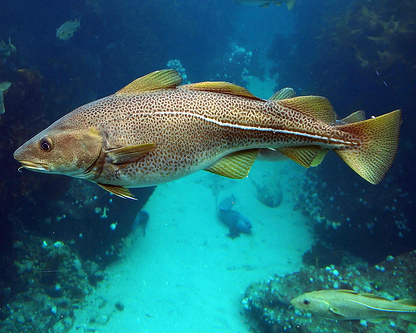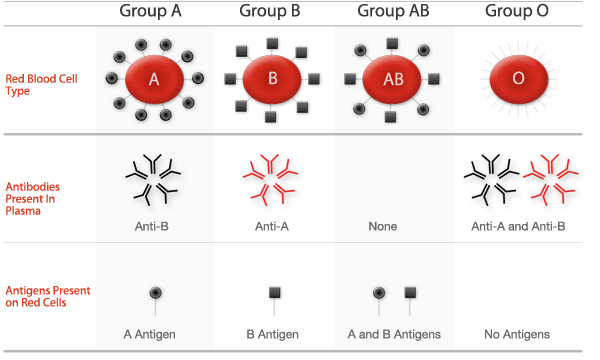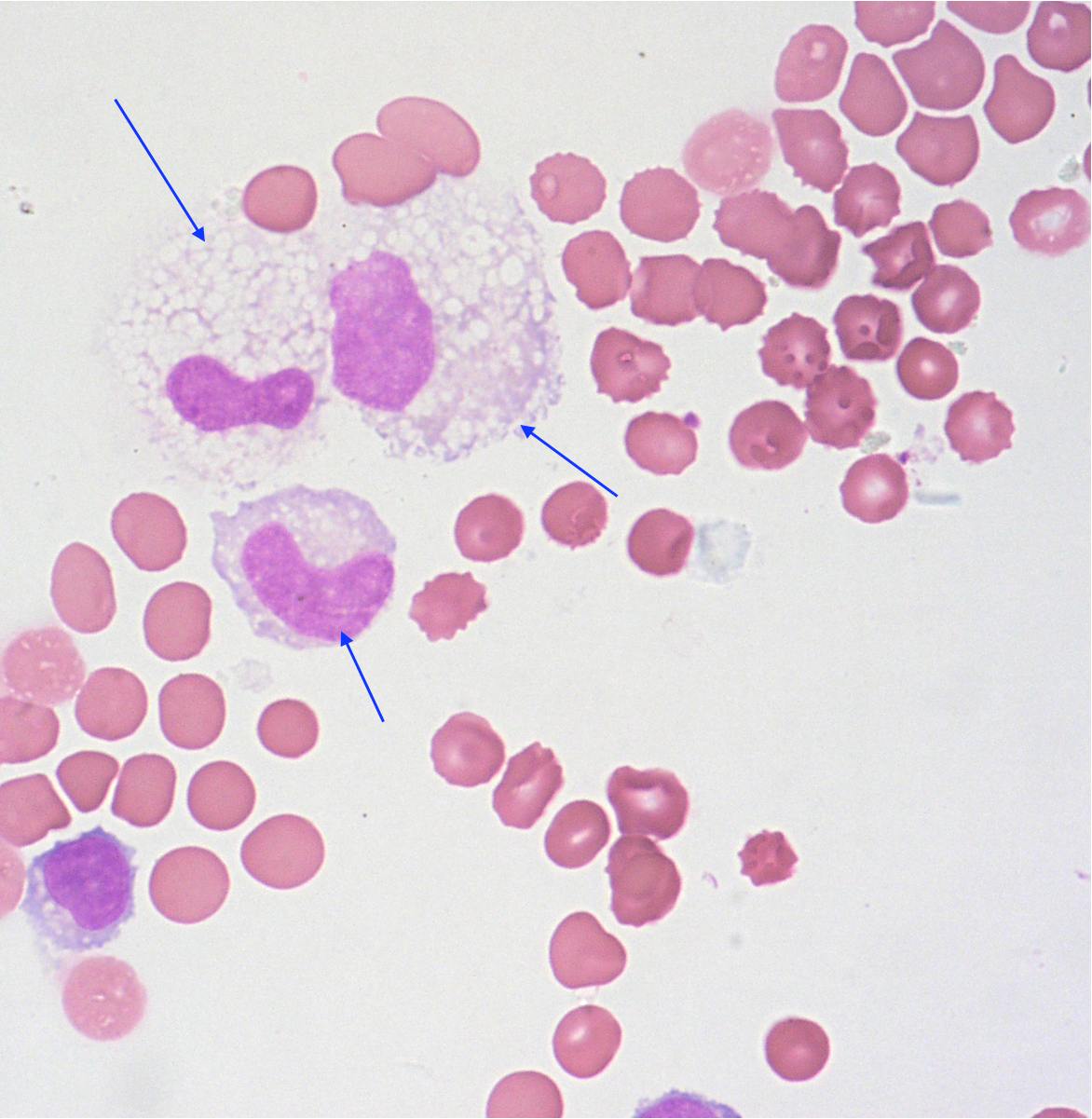Return to Biology 1114 Index Page

PREVIEW MATERIAL FOR EXAM 3 - Fall 2018, November 19, 2018
The following material will appear on the upcoming exam. Use this preview to familiarize yourself with the material, and guide you in studying. Be sure to look up the definitions of any words you do not know. You are free to discuss this material or ask questions about it.
Print
the PDF version (No pictures, Better printing)
Use a #2 pencil to fill in the information on your NCS answer sheet.
1. Enter your last name and first name as indicated and darken the corresponding circles.
2. Enter your CWID in the spaces indicated for “Student ID” and darken the corresponding circles.
3. Enter 1833 in the spaces indicated for “Course number” and darken the corresponding circles.
4. Enter the form of the exam 001 or 002 in the spaces indicated for “SEC” and darken the corresponding circles
5. Write your O-Key Account Username above the words “Last Name”.
Failure to perform this correctly will incur a -10 pt handling fee. Read all questions and answers carefully before choosing the single BEST response for each question. Feel free to ask the instructor for clarification.
